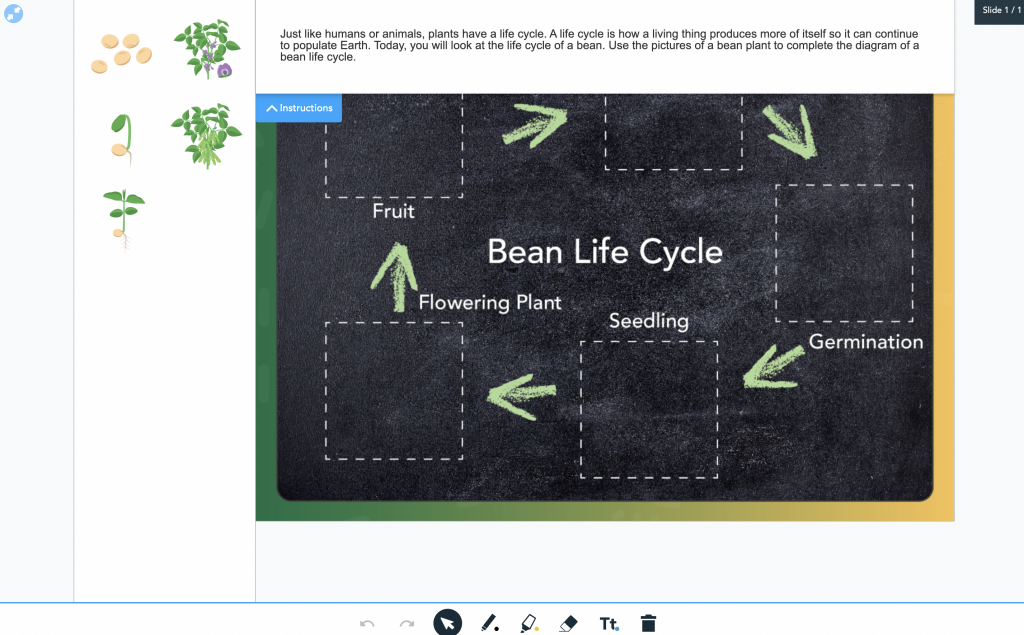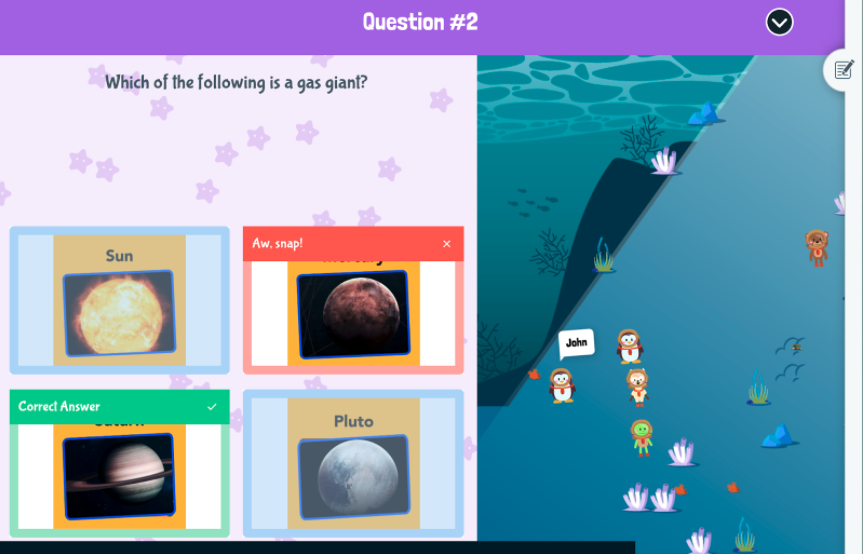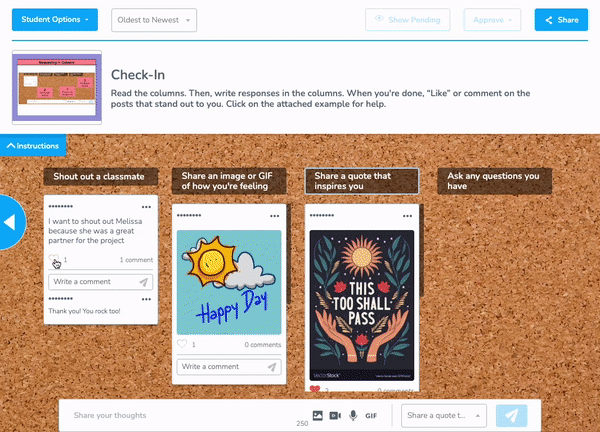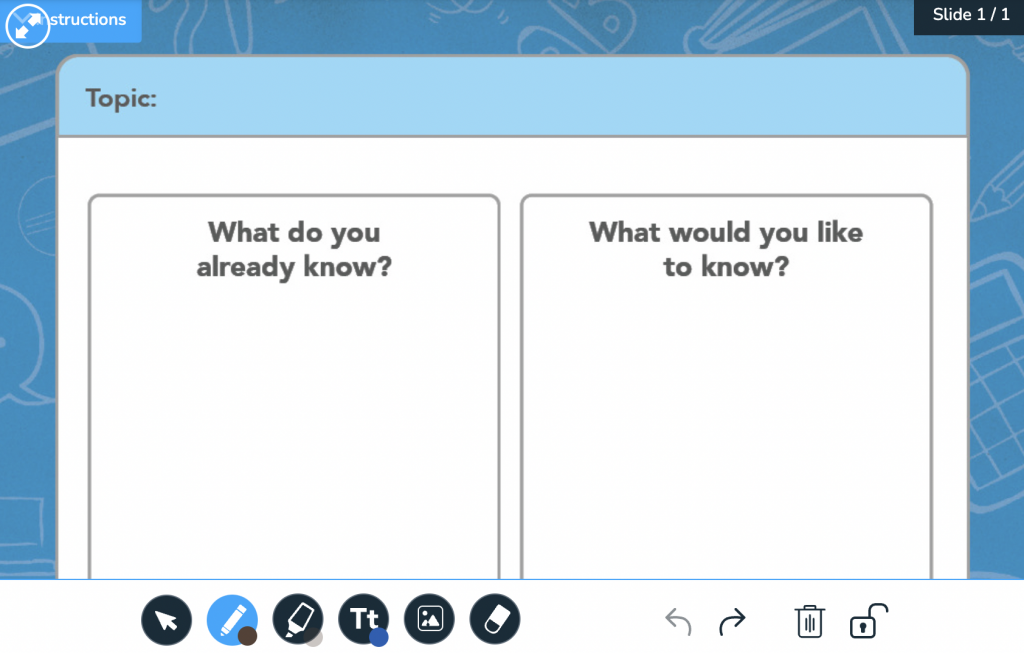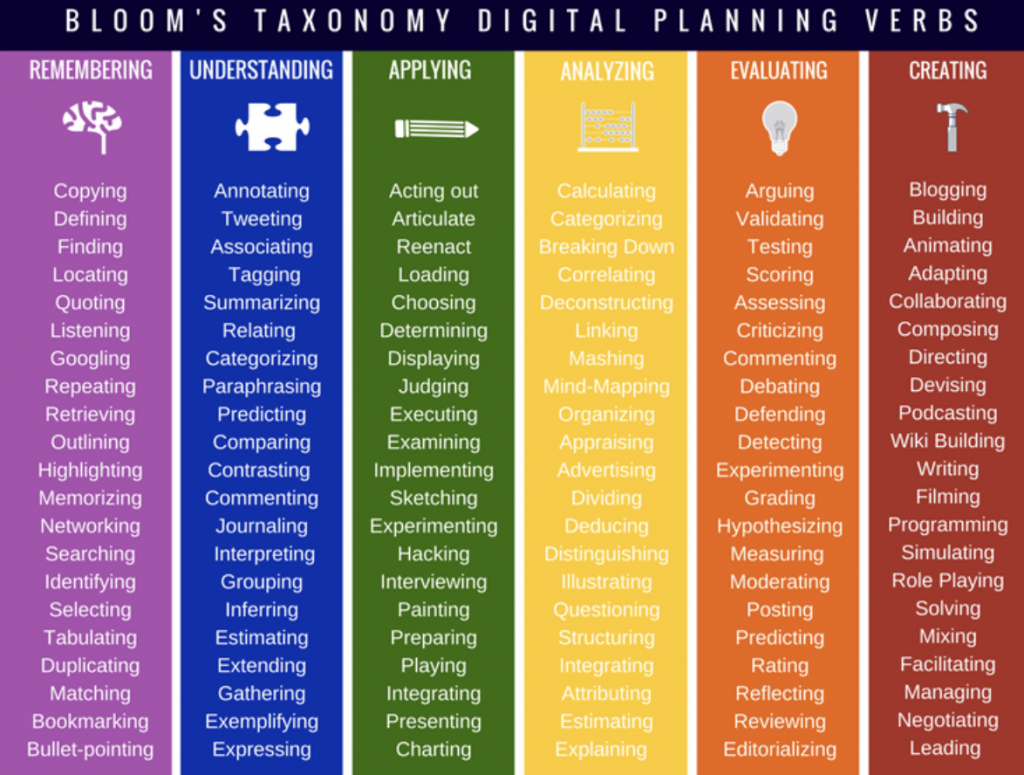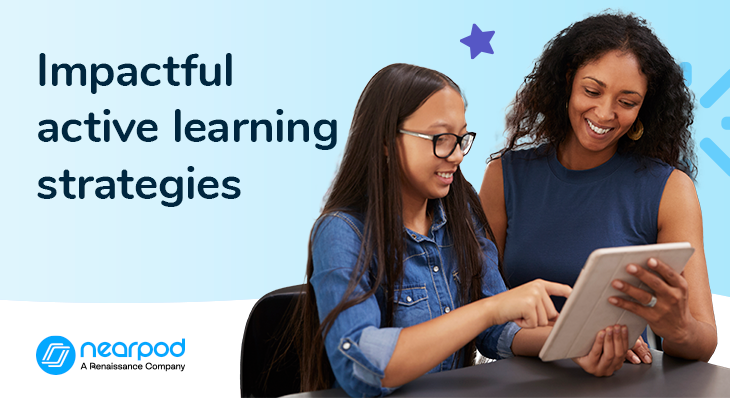
- Implementing Nearpod
- Latest news
- Leadership
- Nearpod tips
- Pedagogy
- Teachers
- Thought leadership
- Trends in education
5 Impactful active learning strategies for the classroom
What is active learning?
Active learning is the process of having students regularly assess their own understanding and skill. This means students are attaining knowledge by participating and contributing. Learning involves the active construction of meaning by the learner. Learners construct meaning from their foundational prior knowledge and the new information they acquire. (Dewey)
Many teaching methods promote active learning in the classroom. These include:
- collaborative learning
- cooperative learning
- problem-based learning
- discovery-based learning
- inquiry-based learning
- case-based learning
- project-based learning
- exploratory learning
- experiential learning
You might see everyday classroom examples of this in teachers’ action verbs in their learning objectives or in a kinesthetic activity that has students in a science class figure out what molecules look like in a liquid or gas. Active learning strategies are tied to constructivist and constructionist learning theories in all these cases. The ultimate goal is for students to play a participatory role in—and take ownership of—their own learning.
What does active learning look like?
Active learning in the classroom transforms students’ educational experiences and improves academic outcomes.
In the classroom, active learning techniques require a student’s direct engagement, whether physically or mentally, but ideally both. Consider an analogous scenario: television. Watching TV is often a passive activity, with viewers literally sitting and consuming content silently. Yet some educational television shows like Dora the Explorer are designed to get kids to be active viewers. They move and jump, answer questions, talk, and sing with the characters on the screen. This is what makes these shows effective: viewers are doing more than just watching–they’re active.
How can we encourage students to be enthusiastic and actively engaged learners in our classrooms? This is the ever-present challenge for educators! With tech tools like Nearpod, teachers can add interactivity to their instruction, spark collaboration, and engage students mentally and physically.
Foster a love of learning in every student with Nearpod. Teachers can sign up for free below to access and create interactive lessons. Administrators can schedule a call with an expert to unlock the full power of Nearpod for schools and districts.
5 Impactful active learning strategies for the classroom
1. Use various activity types throughout a lesson
Students learn by doing and engaging their minds and bodies in active learning in the classroom. Varying the activity types used throughout a lesson can prompt students to take on the onus of thinking, working, and doing. It promotes intrinsic motivation so students take agency over their learning journeys.
As teachers, we aim for students to take participatory roles, which commonly involve movement, whether that’s picking up a pencil, raising a hand, or constructing a model. With Nearpod, teachers can offer a mix of question-and-answer formats from Matching Pairs, Drag and Drop, Time to Climb, and Draw It, just to name a few.
One of John Dewey’s goals in education was to create involved democratic citizens. Various assessments and interactive activities often promote peer-to-peer learning, which bolsters communication and collaboration skills. Plus, students grow by teaching others—opportunities for students to explain their thinking become a powerful check for understanding. Getting kids out of their seats to engage in paired or small group discussions, putting their heads together for problem-solving, or moving about with role-playing are examples of active learning in the classroom.
2. Activate students’ prior knowledge
A common practice in instructional design is to start each lesson with an activity meant to activate prior knowledge. Such activities include bellwork, sponge activities, and anticipatory sets. Regardless of the activity name, the goal is to better understand what the child already knows about the topic at hand and to have the student connect what they are about to learn to what they’ve learned previously. Prior knowledge can be information developed and retained through earlier classroom course material or based on personal experience outside of the classroom. Prior knowledge can differ vastly, so it is important for teachers to have a pulse on their students’ range of understanding before diving into a new lesson.
One way to spark prior knowledge is to appeal to varied learning styles with the use of multimedia. When it comes to a new topic, how can you remind students to think of what they have seen, heard, or touched before? Nearpod makes it possible for teachers to not only weave multimedia throughout their lessons but to do so in a way that invites interactivity. Try using a media-rich Poll or a Collaborate Board at the start of a lesson. When exploring how to engage students in active learning, consider using such tools and techniques into a student’s prior knowledge, making connections between what they’ve learned and know already to what they are learning now.
3. Metacognitive reflections
Personal connections to learning don’t have to occur only at the start of lessons. At the end of any lesson, we want students to reflect on what they’ve learned. Learners construct meaning from their foundational prior knowledge and then scaffold the new information they acquire, connecting the old to the new. Many teachers use exit tickets as a quick metacognitive reflection opportunity. A simple yet effective construct for such metacognitive reflections is K-W-L: What did they already KNOW, what did they WANT to know more about, and what did they LEARN?
Add a K-W-L Chart to a Draw It activity or include a Poll for implementing active learning in the classroom around a new topic. Metacognitive reflections encourage students to identify and challenge their assumptions and perspectives and create a more dynamic (and often collaborative) learning experience. Students become agents in their learning process, summarizing their main takeaways, identifying their struggles, and questioning what they want to learn more about next.
4. Make traditionally passive learning moments active
As educators, we’re always challenging students to move from lower-order thinking skills to those denoted as higher-order thinking skills in Bloom’s Revised Taxonomy. Frameworks like the Padagogy Wheel suggest active verbs to strengthen learning objectives and align varied activities to reach such outcomes. With the influx of technologies and shift in philosophies, teachers’ roles have moved from the “sage on the stage” lecturing (passive learning) to more of a “guide on the side” that encourages students to engage in learning.
Nearpod’s ready-made lessons align with Mayer’s theory that effective active learning methods engage learners in at least one of three cognitive processes: selecting material to attend to, organizing material mentally into meaningful representations, and integrating those representations with prior knowledge. For instance, Nearpod lessons provide a “critical frame” to guide students as they read text or watch media. The media is followed up immediately with a prompt for them to reflect on and respond to. With ready-made Interactive Videos, interactive questions at key moments allow viewers to pause, think critically, and share their ideas.
“Ownership in the classroom matters. It’s not only how the brain learns best—by trying out new skills and wrestling with new knowledge and experiences ourselves, rather than just receiving information—but it’s also how students build the confidence to take on new challenges. When students are asked to try in school, when they are asked to push their thinking even when they’re stuck, to explain why they’ve arrived at an answer, to help a classmate, they also have the chance to stretch their sense of their own capabilities and see themselves grow.”
The New Teachers Project, The Opportunity Myth
5. Spark connections through discussion
Classroom discussions also help students realize that their learning doesn’t occur in isolation. Such aha moments often happen through meaningful social interactions with teachers and peers alike. Vygotsky’s Sociocultural Theory emphasizes the role of society and culture in learning outcomes and how it occurs first through interaction with others.
Nearpod activities spark peer-to-peer conversations, think-pair-share opportunties, and small-group deliberation to leverage the social dynamics of learning. Collaborate Boards and Polls can promote class discussions, highlight anonymous answers/responses from peers for analysis, and encourage collaboration that can continue “offline.” With Nearpod, meaningful discussion underscores diverse perspectives, encourages opinion-taking, and encourages active listening and probing questioning. Today’s 21st-century skills center on the 4Cs: communication, collaboration, creation, and critical thinking (P21 (now part of Battelle for Kids)).
Create effective instructional experiences with Nearpod
No teacher wants passive, disengaged students in their classrooms. We aspire to tease out the curious learner and to show them how personally satisfying a learning experience can be. We’re the tapestry weavers making those cross-curricular connections and showing how what’s attained during instruction has real-world significance and application. In doing so, the key benefit of active learning in the classroom is that students become agents of their own learning pursuits.
Foster a love of learning in every student with Nearpod. Teachers can sign up for free below to access and create interactive lessons. Administrators can schedule a call with an expert to unlock the full power of Nearpod for schools and districts.
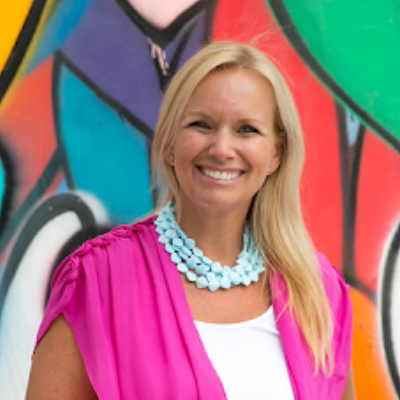
Darri Stephens is a dedicated LX (learning experience) designer, passionate about creating quality content and programs for kids, families, and educators. With MAs in Education from both Harvard and Stanford, and work experience at best-in-class ed tech organizations including Wonder Workshop, Nickelodeon, and Common Sense Education, she is steeped in the design thinking process and committed to agile and iterative project management, which has resulted in multi-award-winning programs and products.

